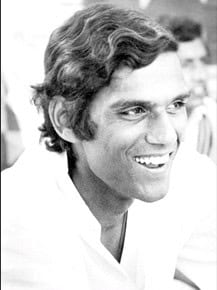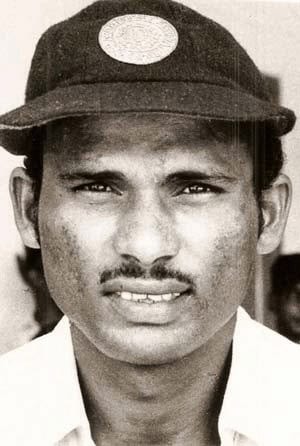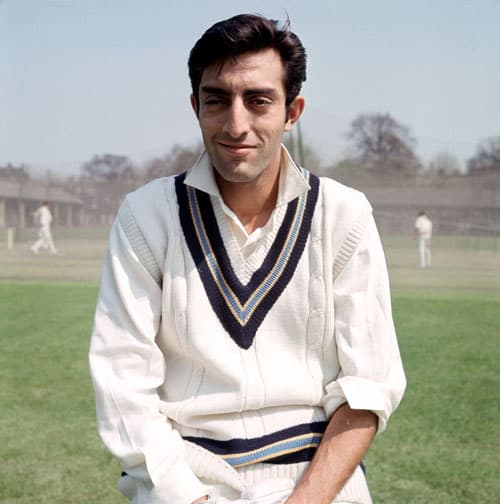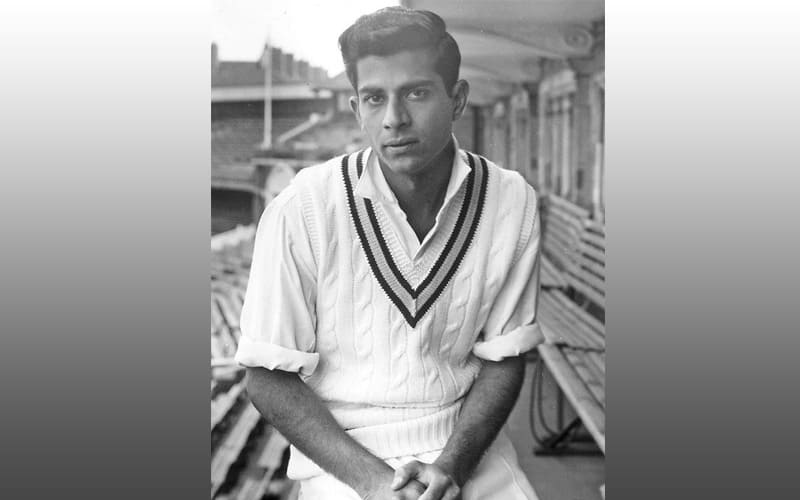
Abhijit Sengupta
The 1970s can be ranked as one of the most interesting periods for Hyderabad cricket for a number of reasons. Although going only by results, Hyderabad may not have a record as impressive as Mumbai or Delhi in domestic cricket. But the city has been the birthplace of some of the most loved and colourful cricketers to don the India cap.
As a result of the talent produced in Hyderabad, Indian cricket benefited too. In 1971 when the Indian team toured West Indies there were several players from Hyderabad — Syed Abid Ali, D. Govindaraj, M.L. Jaisimha, K. Jayantilal and wicket-keeper P. Krishnamurthy. That team made history by chalking up India’s first-ever series triumph over the formidable islanders led by the legendary Sir Gary Sobers.


Abid Ali’s skills as an all-rounder and his fighting spirit were well known. On his debut, he took 6 wickets for 55 runs which was at that time, the best by an Indian player on debut.

The unassuming Krishnamurthy was ranked as one of the best keepers by none other than the famous off-spinner S. Venkataraghavan. He was quietly efficient at his work and could bat at any position in the batting order.
But there was a difference in approach between, for example, a cricketer from Mumbai, Kolkata or Delhi and a player from Hyderabad.
Take Mumbai for instance. Mumbai has had the most envious record in domestic Indian cricket. The Mumbai brand of cricket is well known throughout India. Mumbai players are always focused and always in a hurry. Like the city, they live in.
In contrast, during the 1970s Hyderabadis appeared to be a little laid back. Like their city – the city of Nawabs and graceful tahzeeb.
But it was a matter of appearance only. It was important for a true blue old-time Hyderabadi to not just complete a task but do it with grace and style. A Hyderabadi should be able to do with ease (or at least appear to do) what others struggle to accomplish.
It was not that Hyderabadi players were casual in their approach. In any matter pertaining to cricket Hyderabad players were no less disciplined and determined than their counterparts from any other state. But they had a style of their own.
In many ways, M.L.Jaisimha personified that attitude. Not only was he a fine all-rounder and an astute captain but he had a flair for doing things in a different way. His swaggering walk, upturned collar, and stylish mannerisms both on and off the field earned him a legion of fans all over India, especially in Hyderabad.
In many ways, he was the first glamorous star of Indian cricket along with his good friend Mansur Ali Khan Pataudi. The Nawab of Pataudi who was having problems with his home state transferred to Hyderabad after Jai put the idea into his mind.

Both had the same attitude to cricket and to life. Pataudi loved a wide variety of activities and Jai gave him the right kind of support. A third friend often gave them company and that was Abbas Ali Baig.
Jaisimha was an excellent raconteur and had a razor-sharp memory. He could regale audiences for hours with his stories of unusual incidents on and off the field of cricket. One story he often related was about a prank that Pataudi played on fellow cricketers.
Pataudi arranged a fake kidnapping of some well-known cricketers by fake dacoits in the forests of Madhya Pradesh.
The dacoits were actually Pataudi’s employees–gardeners, cooks, a watchman and so on. The party of cricketers were taken into the forest in jeeps and cars by Pataudi ostensibly for a hunting trip. But once they had reached a remote part of the forest they were waylaid and kidnapped by the fake dacoits. They had dressed up like typical Bollywood dacoits.
The cricketers were convinced that their lives were in danger. After several hours of nail-biting tension, when Pataudi finally revealed the truth, they were so relieved that they didn’t know whether to laugh or cry.
So, such pranks and much light-hearted fun and laughter off the field coupled with focus and determination while playing, gave Hyderabad cricket a flavour as unique as its famed biryani.
Evidence of Hyderabadi culture could also be seen in the stands. Hyderabad’s spectators were friendly and forgiving. People of Hyderabad did not lose their temper easily. When a home team player dropped a catch in the outfield the shouts from the stands were all aimed at encouraging him and sympathising with his bad luck. Never did the spectators vent their anger upon any player. Instead, expressions like “Bad luck Boss” or “Good try brother” were shouted out to the player who was aware that he had let his side down and would be standing with downcast eyes.
Not everywhere are the crowds so forgiving. Sledging and barracking by spectators in Australia is something that many cricketers have experienced.
But Hyderabad crowds would be more likely to support the player whose luck has let him down. So that was Hyderabad cricket of that period. Full of charm and style but also determination and willingness to fight against the odds. And at the end of it all, if Hyderabad lost the match, the fans would not be excessively dejected. All that was needed to remove the sorrow of defeat would be a steaming hot plate of delicious Hyderabadi biryani.
Abhijit Sen Gupta is a veteran sports journalist with Indian and International exposure.

